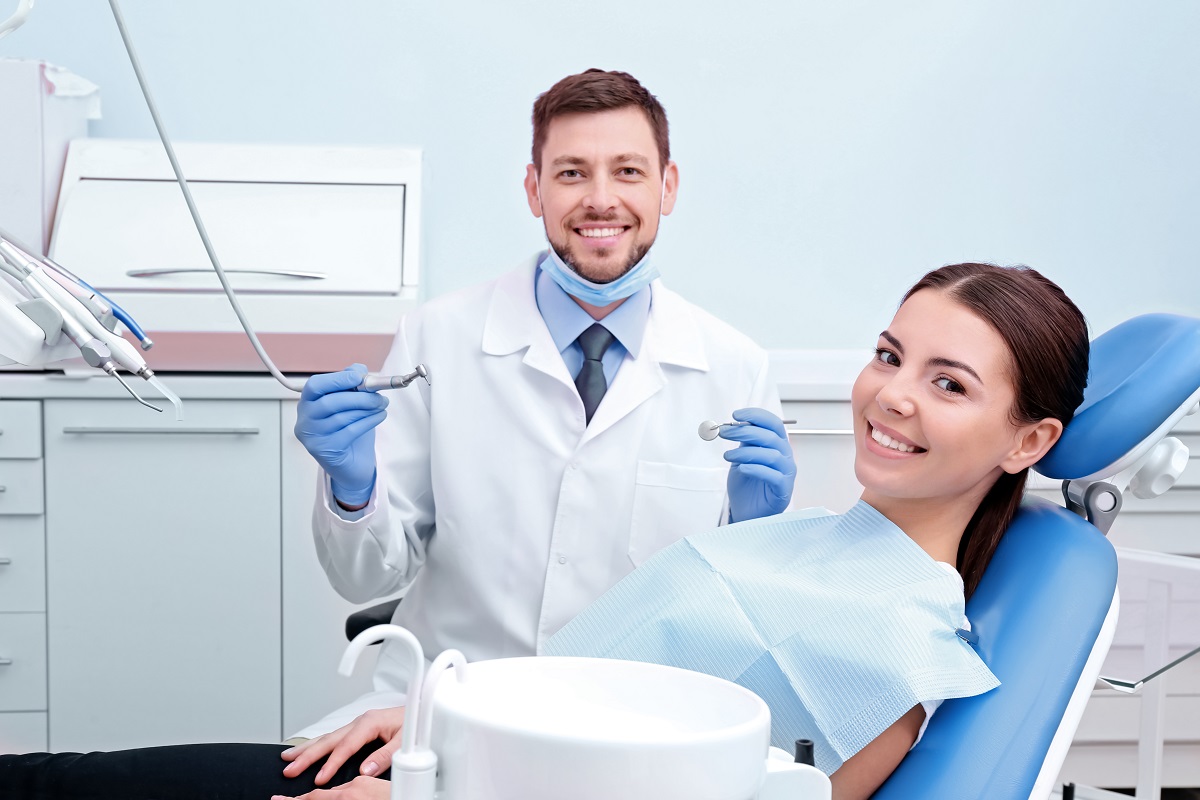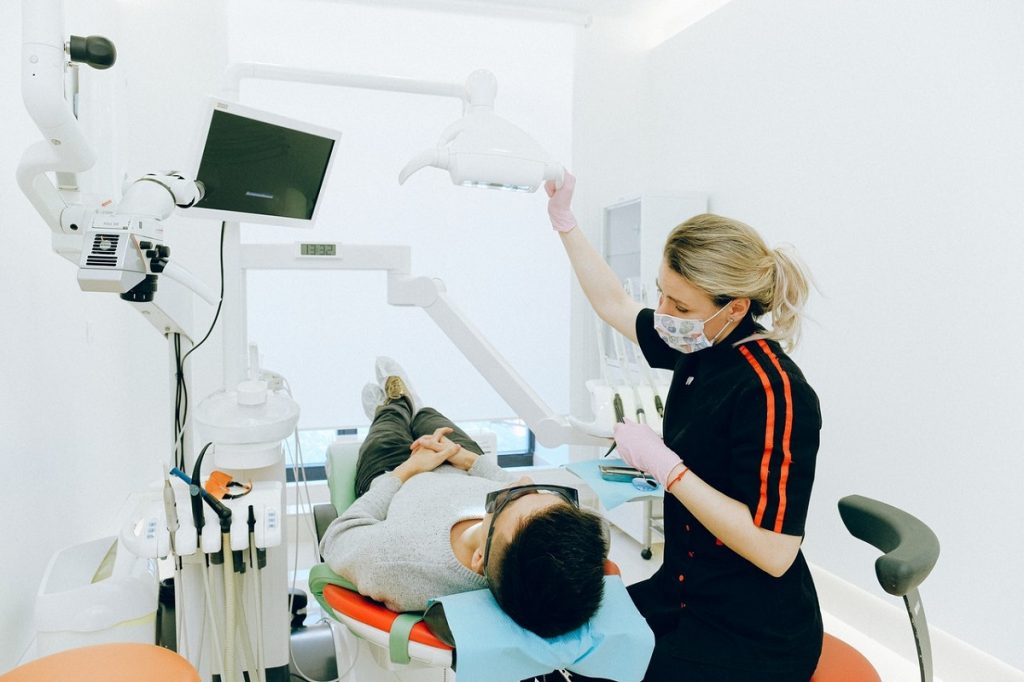People have traditionally shied away from going to the dentist. There are many causes for this apprehension. Some individuals have got a significant, even traumatic experience. Others dislike the thought of strangers poking and prying about in their mouths. Some people believe that dental treatment will be prohibitively costly. Many people are concerned about how they’ll think when the dentist eventually examines them.
We also live in a rapidly changing and competitive society, and it may be challenging for your patients to make an effort and time out of their hectic schedules to see the dentist. Whatever the cause, your clinic must recognize it and work to relieve your patients’ worries. Encourage patients to prioritize dental appointments by emphasizing how primary prevention may assist and guarantee a faster and less expensive resolution to a dental issue.
Dental technology is another excellent marketable resource. Dental technology advancements have made visits to the dentist quicker and more enjoyable for your patients. Just as technology has altered our homes, jobs, and even relationships, new advancements have changed people’s attitudes about visiting the dentist. Technology is transforming some of dentistry’s most demanding jobs, reducing the time required for the benefit of all parties concerned.
Fast and Accurate Digital Dentures
Historically, dentures were made over time, and individuals who required them had to see the dentist many times to obtain impressions. This was a laborious procedure that often required experimentation to get the ideal fit. Computer-aided design (CAD) and computer-aided manufacturing (CAM) are new devices that enable dental professionals to manufacture new dentures out of material plates in a fraction of the time previously required. In only a few stages, a complete prosthesis can be created.
Emerging Augmented Reality Solutions
While most of us associate virtual reality with video games, we are just now starting to understand the tremendous possibilities of this technology in contemporary health. You can examine a computer-generated picture of a patient’s mouth using augmented reality.
This will be very helpful in the preparation of young dentists. Despite the small number of papers devoted to its use, augmented reality (AR) is developing technology with growing applicability in various medical areas, which include, but are not restricted to, the medical disciplines of Dentistry and Maxillo-facial.
The aim of AR technology in these medical specialties is to create a more accessible surgical site during an operation, assisting future dentists in learning and training about surgery and assisting in the reduction of dental implants costs. Currently, this objective is achieved via the correct presentation of static and dynamic diagnostics pictures using a visor or specialized glasses.

Widespread Application of 3D Printing
The advent of 3D printing dramatically altered the world by allowing its users to construct any physical shape on demand. This technology enables dental practitioners to manufacture laser-precision prostheses and dentures without leaving their offices.
Scientists can now print with various materials in a quarter of the time thanks to the development of multi-nozzle 3d printers. Adding a dentistry lab is an expensive addition to any dental office—the initial cost of implementing the system in-house may be $100,000. Then, hiring trained personnel to manufacture dental implants requires a significant continuing expenditure.
Overall, the cost of operating a dental laboratory may exceed $100,000 per year, depending on the amount of work. Try comparing this to the one-time price of approximately $20,000 for an upper 3d printing, which includes a materials supply. The cost of ongoing materials is incorporated into the entire cost, but it is much, far less than the cost of operating a dental laboratory.
Production of Advanced Electric Toothbrush
According to recent research, electric toothbrushes cleanse teeth and gums notably better than ordinary toothbrushes. Compared to individuals who use a manual toothbrush, those using an electric toothbrush have better gums, fewer dental caries, and retain their teeth for longer. You may also advise your patients on dental technologies that they can use at home as a dentist.
Many new products on the market may help people practice proper dental hygiene at home. The creation of intelligent toothbrushes is the most recent innovation. These may help your patients accurately estimate the amount of time they spend cleaning their teeth. Newer versions can even play games to retain children’s attention and teach them healthy behaviors.
Patients have less cause to fear visits to the dentist, thanks to advances in dental technology. It is the experts’ responsibility to educate them on how the newest technologies may alleviate their worries. Dentists can now evaluate patients’ problems quickly and precisely to identify the best course of therapy. Those therapies will grow more efficient and technically precise in the not-too-distant future. Robotics advancements will reduce the likelihood of a human mistake. Dental prostheses may now be created rapidly and at a reduced cost thanks to 3D printing technology.\

